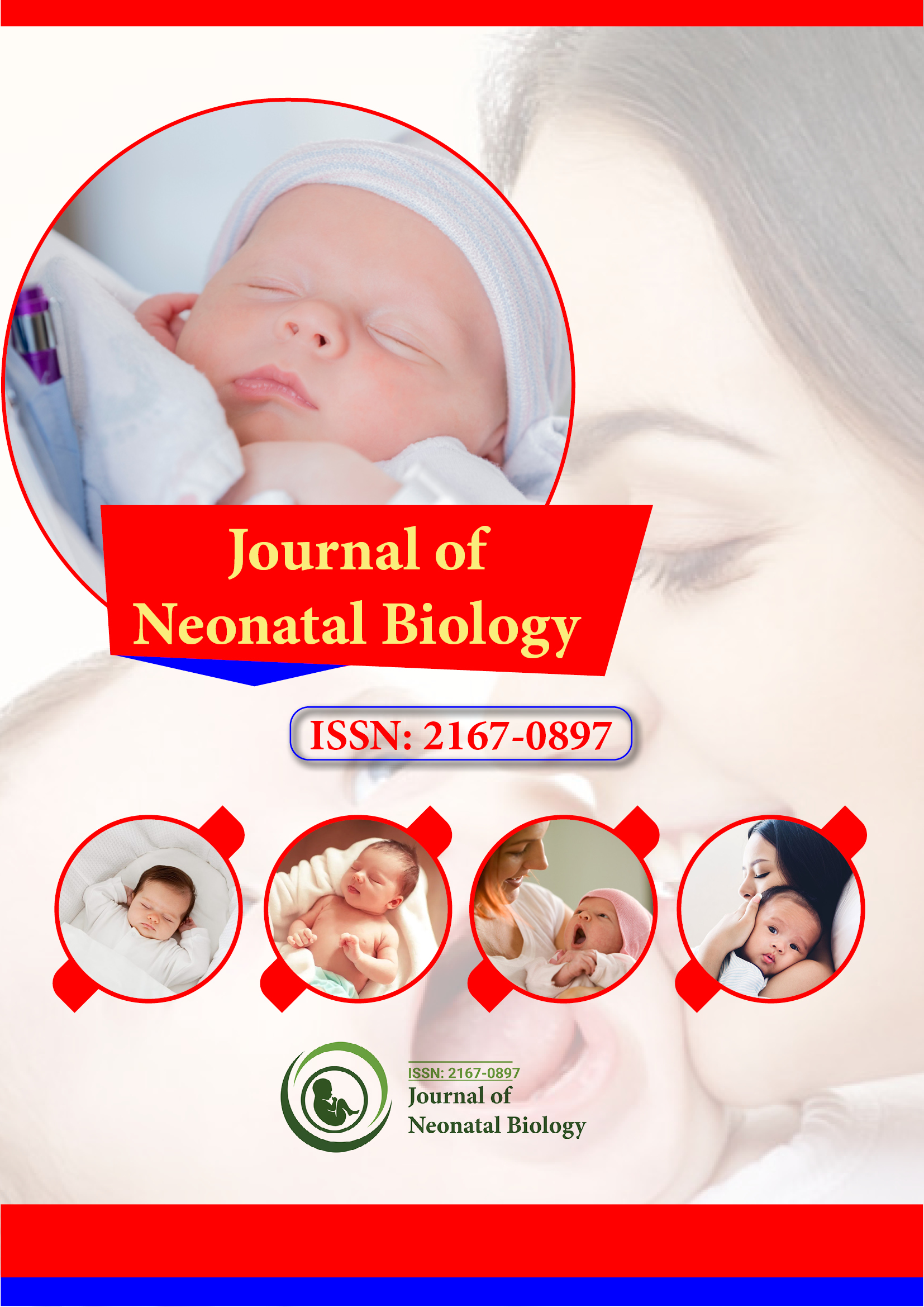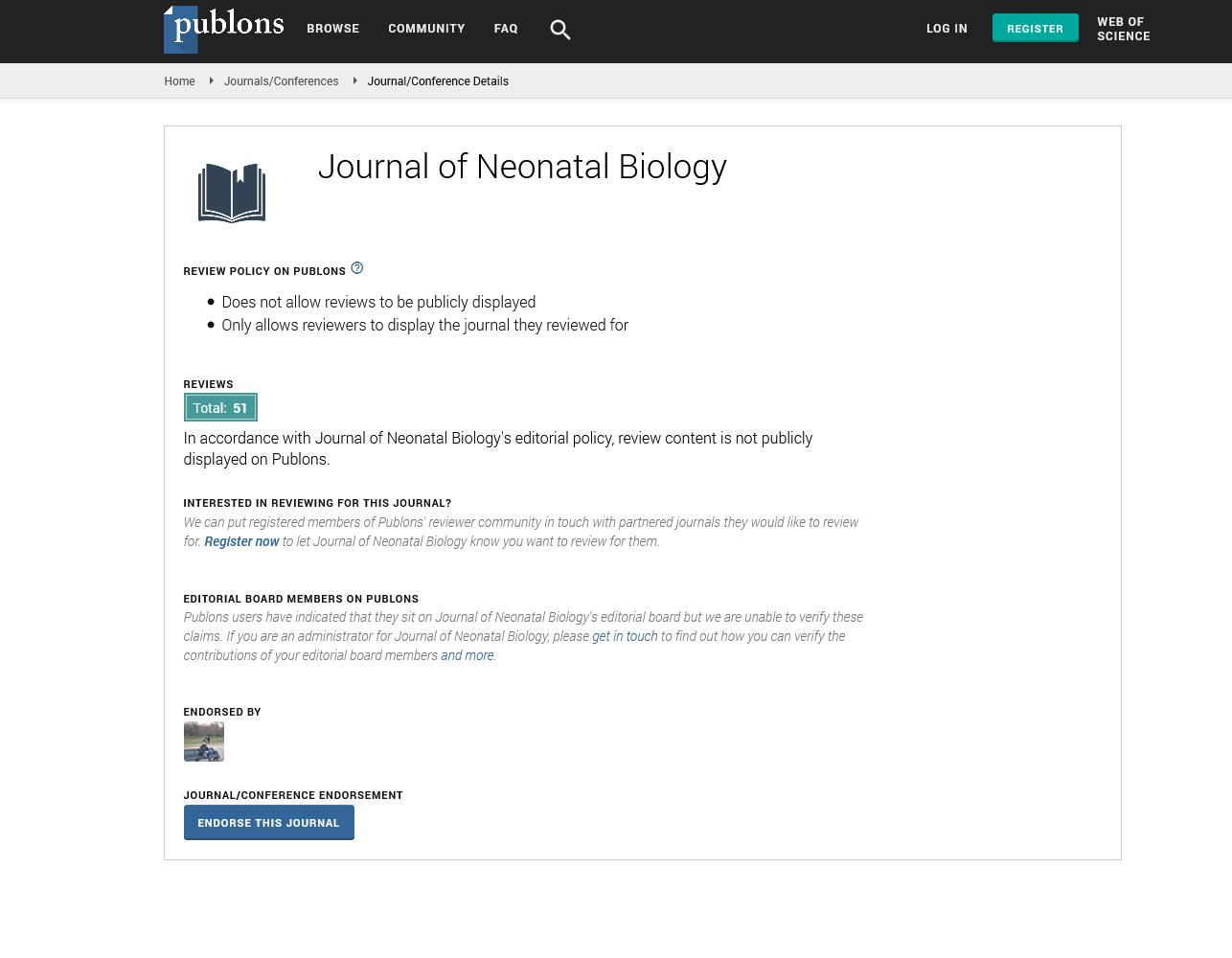Indexed In
- Genamics JournalSeek
- RefSeek
- Hamdard University
- EBSCO A-Z
- OCLC- WorldCat
- Publons
- Geneva Foundation for Medical Education and Research
- Euro Pub
- Google Scholar
Useful Links
Share This Page
Journal Flyer

Open Access Journals
- Agri and Aquaculture
- Biochemistry
- Bioinformatics & Systems Biology
- Business & Management
- Chemistry
- Clinical Sciences
- Engineering
- Food & Nutrition
- General Science
- Genetics & Molecular Biology
- Immunology & Microbiology
- Medical Sciences
- Neuroscience & Psychology
- Nursing & Health Care
- Pharmaceutical Sciences
Abstract
Confirming Endotracheal Tube (ETT) Position in Pediatric and Neonatology Using a Bedside Ultrasound (Us); an Emerging Tool
Yahya Ethawi
US have a promising alternative mean for quick confirmation of the ETT placement. However, small and few studies have shown that the sensitivity of this tool to accurately assess the ETT placement relative to chest XR or capnography is approximately 91-100%. The overall accuracy of this method is very interesting as it reaches 89-98% in some studies. An additional advantage of this method as suggested by some of these studies is the rapid assessment of the ETT position; this can be as quick as 17 seconds using an US curvilinear probe. Understandably, the confirmation of the ETT position was somewhat challenging in short neck patients and in those wearing cervical collars. I believe that using this method is worth looking into in the near future. Although most of the subjects of these studies were adults and children, I don't see a limitation to use this tool in neonatology, especially if the waiting time between intubation and doing confirmatory XR in some facilities is long. Based upon various small observational studies, bedside US can be used to
1. Direct visualization of the ETT in the trachea
2. Showing lung sliding
3. Diaphragmatic Excursion

